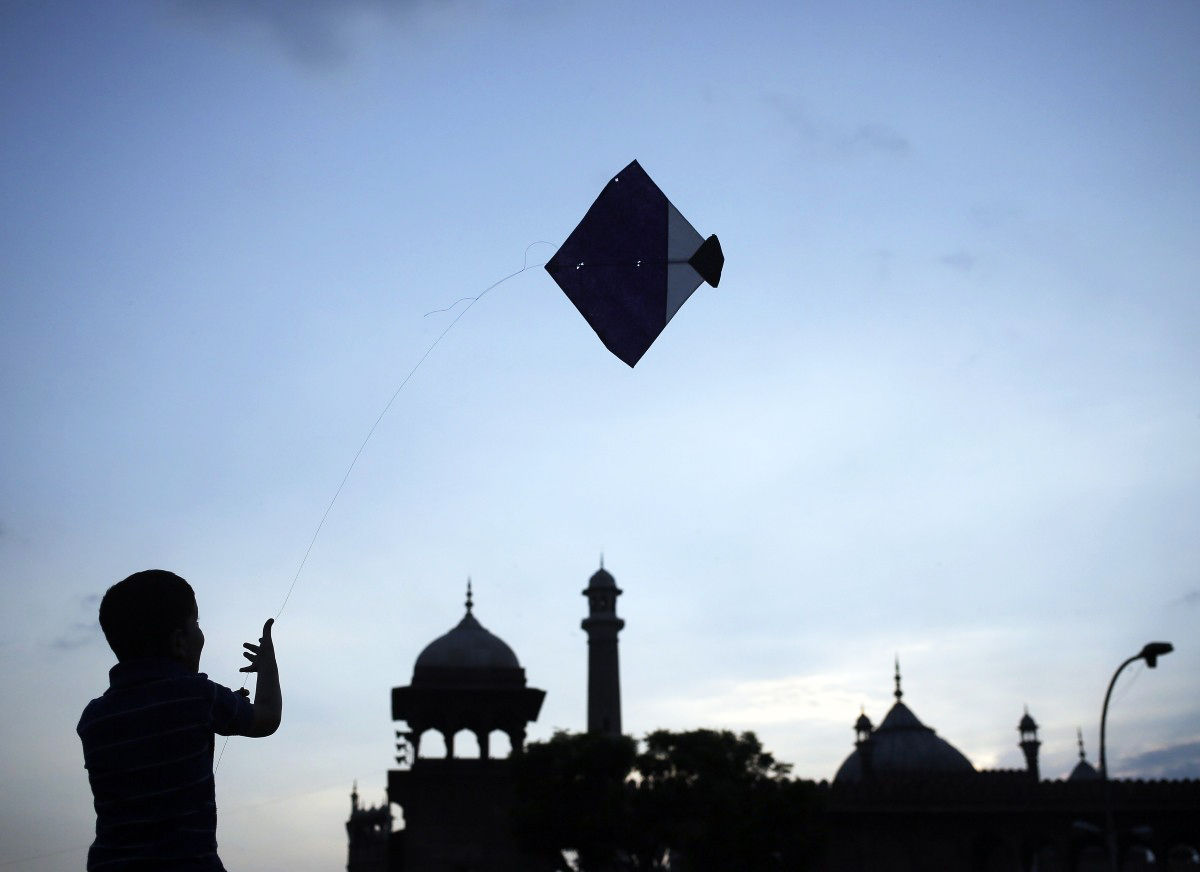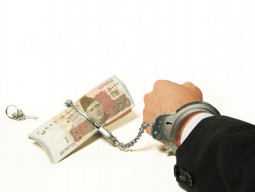
The sport of kite flying, once a culturally significant activity in the provincial capital, has now become a deadly one due to bad governance.
It will not be an exaggeration to claim that the Basant Festival was remembered as a marker of identity for the citizens of Lahore.
The spring time kite flying festival is often touted to be the biggest festivity in Punjab, particularly Lahore – and often prioritised over other festivities in the city.
Participation in the annual mega event is done equally, and unequivocally, by all communities in the provincial capital regardless of their ethnicity, religion and gender.
However, the kite flying activity often leads to accidents involving critical injuries and even death.
The recent deaths of a doctor and a lecturer of chemistry due to a kite flying string was captured on video and are making rounds on social media platforms. Another video making rounds online was that of Prime Minister Imran Khan where he can be viewed flying a kite during Basant celebrations.
This raised the issue of kite flying in public spaces once again and invited criticism by the city’s people who were worried about encouraging kite flying in areas through which most people commute. In the modern era, the semblance that Basant is part of the collective memory of Lahore is popularly found in music videos as well as cinematic productions.
These popular cultural videos use nostalgia as a theme to project the significance of the historical sport and also how this ‘activity of civilisation’ is being reduced into a ‘game of death.’ Sociologists and jurists agree what is embedded in culture is the hardest human activity to erode. Similar is the case with the issue of kite flying in Lahore.
Over the past two decades, Punjab’s successive governments had adopted a zero-tolerance policy toward kite flying. The Punjab Prohibition of Kite Flying Ordinance was formulated in 2001. Since then, thousands of houses and roofs had been raided by police. The police department also made thousands of arrests, seizing and destroying millions of kites.
A large number of mass awareness campaigns were launched and dozens police officers were reportedly punished for their failure to curb kite flying within their jurisdictions.
What needs to be remembered most, in the collective conscience of Lahore’s people, was that over the two decades, thousands of people either lost their lives or were left injured simply because they were passing through an area where the kite string slit their throat.
The incidents of death and injury caused by kite flying continue to be reported. However, lovers of the sport as well as its spectators continue flying kites despite a government crackdown during all these periods.
Either the authorities concerned have a problem in identifying the depth of the problem or they lack a mechanism to curb the deadly activity.
The government must acknowledge that kite flying itself was never the problem but how it is practiced in Lahore’s public and private spaces. Even when the sport is played from the rooftops of private property, the kites ascend to a height which can result in its string extending to an airspace far from the place it is being handled from.
If the government made arrangements by specifying areas where traffic movement, especially of motorcycles, was close to zero, kite flying would no longer be seen as a problem. Such a controlled environment to fly kites was necessary to accommodate the spirit of the activity as well as protect the lives of the people.
A section titled, ‘Permission for kite flying’ reads, “An owner or possessor of a place shall obtain prior permission of the union Nazim of the area to use the place for kite flying and report to the station house officer of the area for such permission.”
Police officers have often proposed before government that the kite flying act is lenient in nature and insufficient to make law enforcement effective. There is a need to increase punishments against violation of the kite flying act.
The current law awards maximum punishment of six-month imprisonment and Rs1,000 worth of fine. There was a need for amendment in the current legislation on kite flying.
Since the contemporary kite flying activities in Lahore repeatedly resulted in risking lives, it should be treated as a life-threatening offence.
Published in The Express Tribune, March 14th, 2021.


1725967717-0/Untitled-design-(3)1725967717-0-165x106.webp)

1725275251-0/Untitled-design-(3)1725275251-0-165x106.webp)


1730533347-0/Untitled-design-(85)1730533347-0-270x192.webp)









COMMENTS
Comments are moderated and generally will be posted if they are on-topic and not abusive.
For more information, please see our Comments FAQ